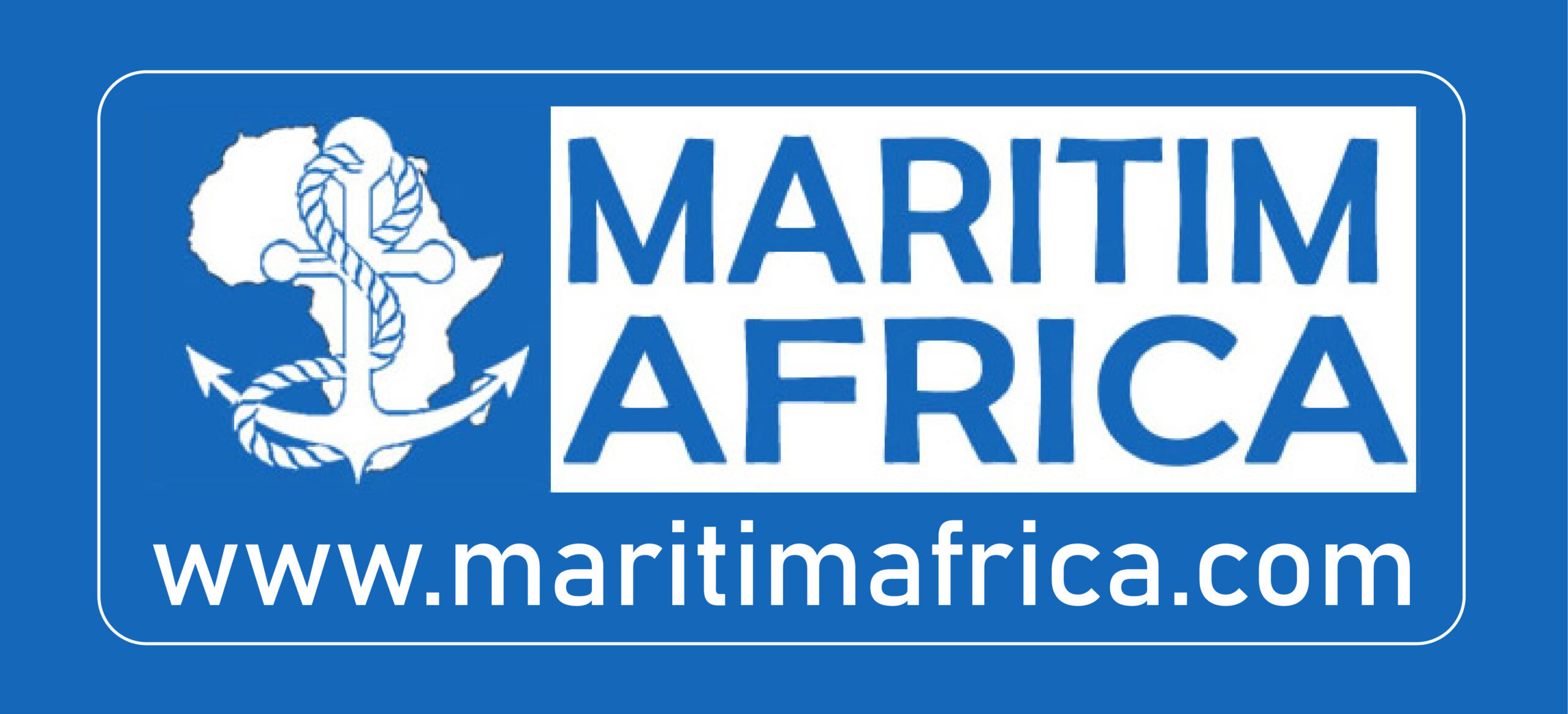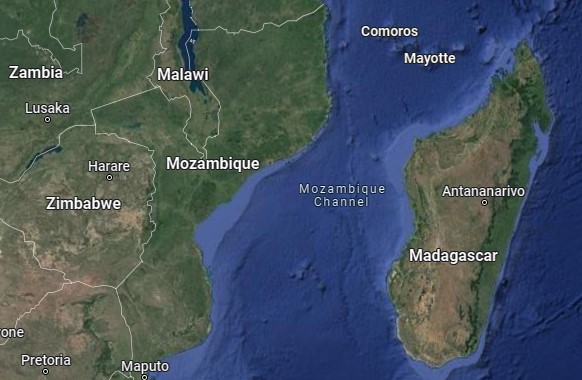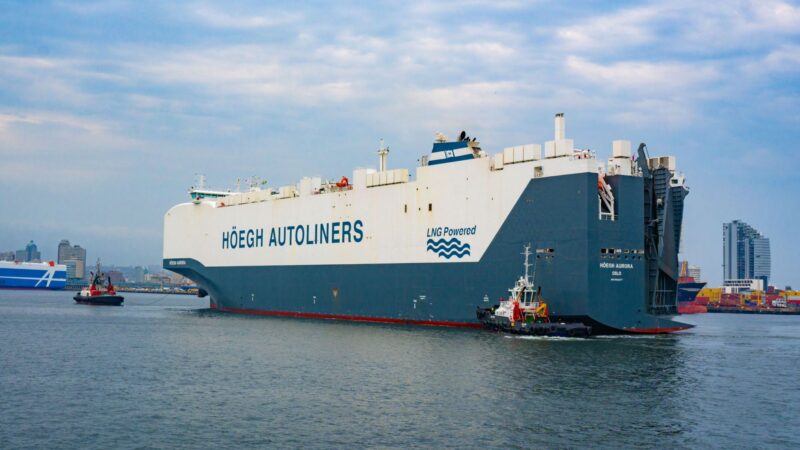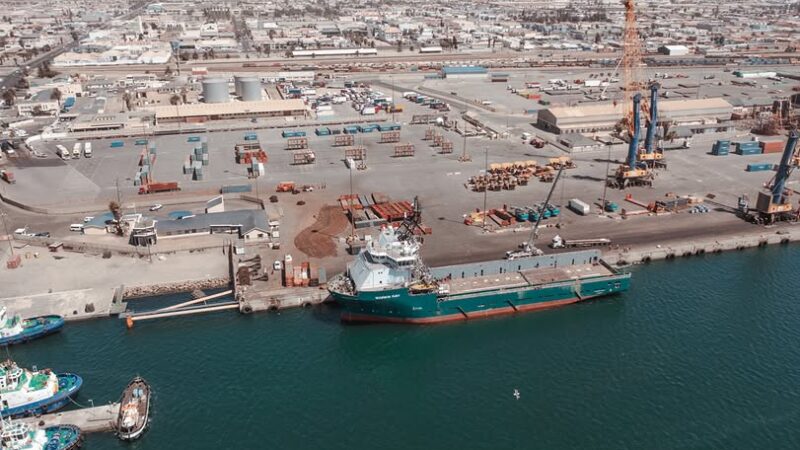Throughout history: the Mozambique Channel
The Mozambique Channel is a major seaway between East Africa and the island of Madagascar, linking the Indian Ocean to the Arabian Sea. Its total length is about 1,600 kilometres (1,000 miles), stretching from Cape Delgado in northern Mozambique to the northern tip of Madagascar.
Its depth varies considerably along its course, but in general, the average depth is about 2,700 metres, with areas reaching over 3,000 metres in depth. However, it is important to note that the exact depth of the Mozambique Channel depends on the precise location, as it can vary considerably depending on the underwater topography and local ocean currents. In addition, some parts of the channel may be deeper than others due to factors such as fractures in the earth’s crust and tectonic movements.
The history of the Mozambique Channel dates back to ancient times, when Arab and Indian sailors began to explore this region rich in marine resources.
For centuries, the Mozambique Channel was a vital trade route between East Africa, India, the Middle East and Europe. Merchants transported spices, cloth, ivory, gold and slaves through this waterway. The Arabs also established settlements on the East African coast, notably in Zanzibar, which became an important commercial and cultural centre.
In the 16th century, Europeans began to explore the Mozambique Channel and establish settlements on the African coast. The Portuguese took control of the area and used the canal to trade goods between their colony in Goa, India, and the African coast. The French, British and Dutch also established colonies on the East African coast.
In the 19th century, the slave trade was banned, leading to an economic decline in the region. European colonies then began to exploit the region’s natural resources, including ivory, spices and minerals. The exploitation of natural resources also led to deforestation and soil erosion, which had a negative impact on the environment.
Today, the Mozambique Channel is still an important sea route for world trade. It is also an important fishing ground and home to rich marine biodiversity, including rare species such as dugongs and whale sharks. However, the region is threatened by climate change, overfishing and pollution, highlighting the need to protect this vital area for the global economy and environment.





